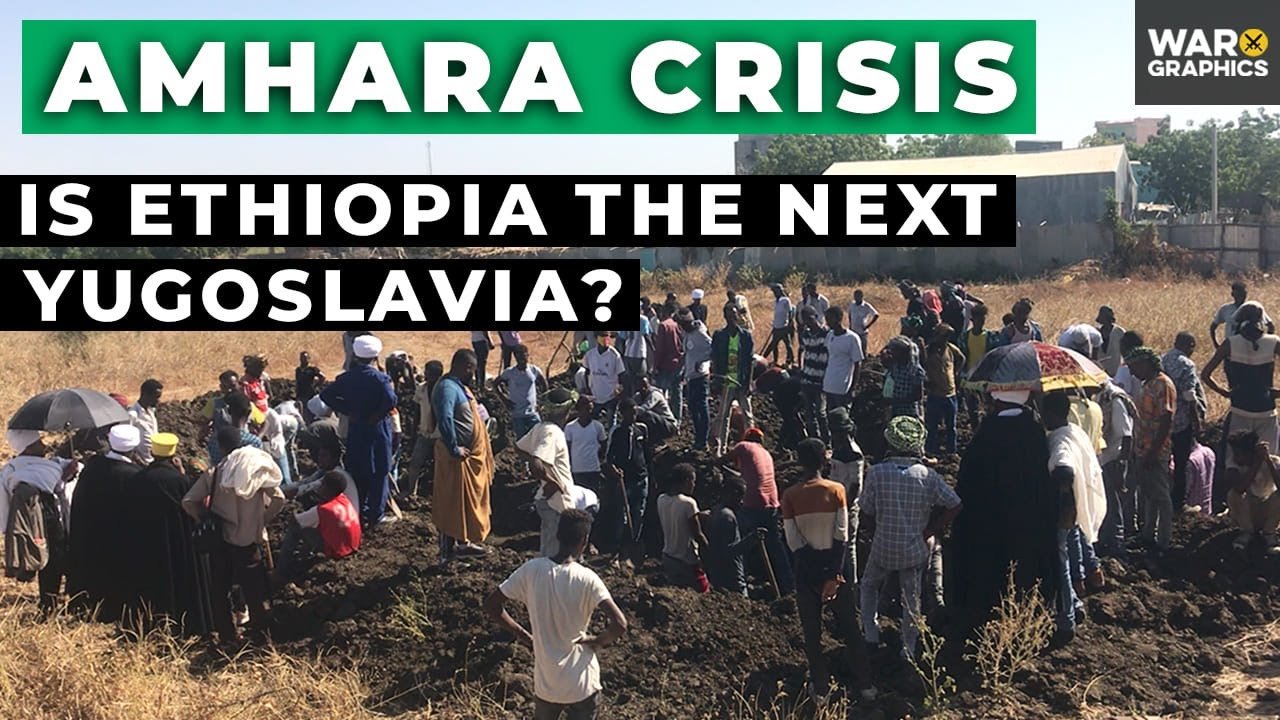- The crisis in the Amhara region began in early August with militants attacking towns and capturing key buildings.
- Government forces eventually re-established control, but the region remains tense with most militia members still at large.
- The Amhara crisis is seen by some as a potential precursor to larger ethnic conflicts within Ethiopia.
- Ethiopia is a diverse country with 11 ethno-linguistic states, each with its own government and military forces.
- The rise of the Amhara Popular Front and the influx of professional soldiers into militia ranks has escalated the situation.
- Ethiopian Prime Minister Abiy Ahmed’s government faces challenges in negotiating with loosely aligned groups within the Amhara region.
- Other regions, such as Oromia, also experience ongoing insurgencies, further complicating Ethiopia’s political landscape.
- Economic struggles and rising inflation are exacerbating ethnic tensions and public dissatisfaction.
- The potential for regional spillover and involvement from neighboring countries like Eritrea could further destabilize the situation.
- An all-out conflict in the Amhara region could threaten the survival of the Ethiopian government and have broader implications for East Africa.
This summary has been generated by AI.

Leave a Reply